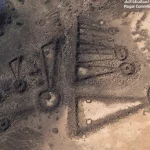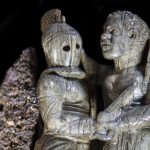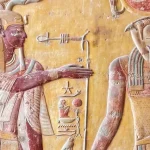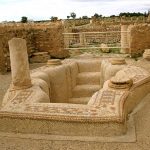Helmet of Marathon: A Warrior’s Legacy Preserved Hỏi ChatGPT
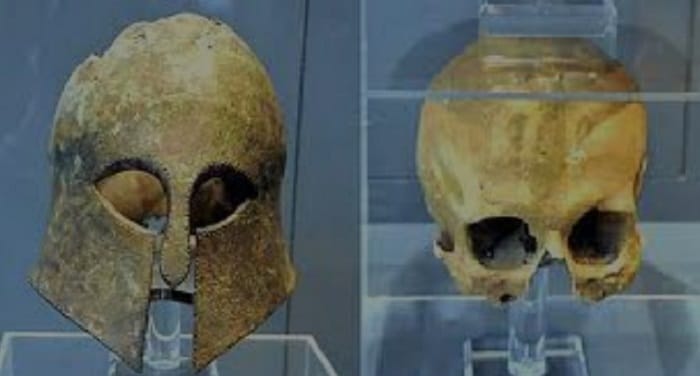
The Corinthian helmet—still containing the skull of its wearer—stands as a chilling yet powerful testament to the Battle of Marathon in 490 BC, a pivotal event during the first Persian invasion of Greece. Fought between the vastly outnumbered forces of Athens and Plataea against the mighty Persian army led by Datis and Artaphernes, the battle marked Persia’s first major attempt, under King Darius I, to subjugate Greece.
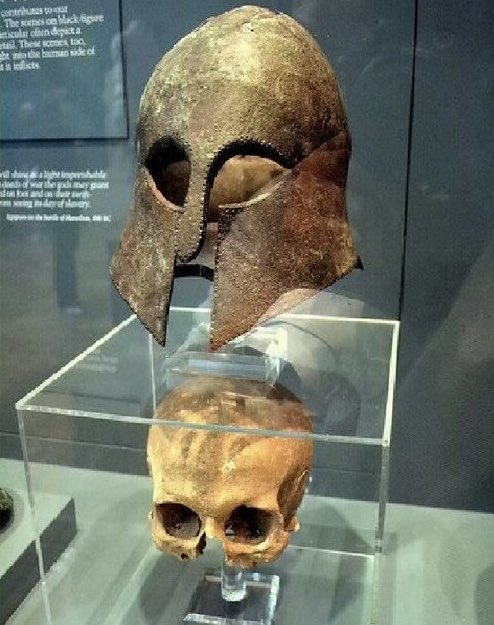
Despite overwhelming odds, the Greek hoplites leveraged superior tactics, discipline, and their intimate knowledge of the terrain to achieve a stunning victory. This success not only shielded Athens from conquest but also dealt a significant blow to the perception of Persian invincibility, galvanizing the Greek city-states in their continued resistance.
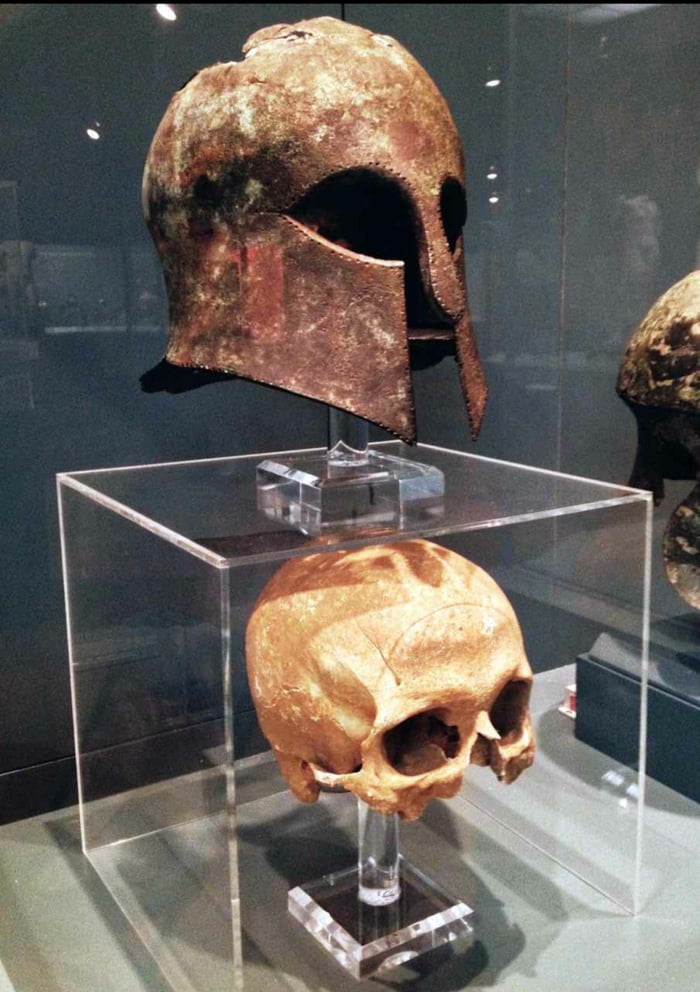
The helmet’s discovery—still cradling the remains of a fallen warrior—offers a striking, tangible link to this historic moment. It embodies the courage, sacrifice, and military ingenuity that helped shape the course of Western history and forged a legacy of unity in the face of empire.







